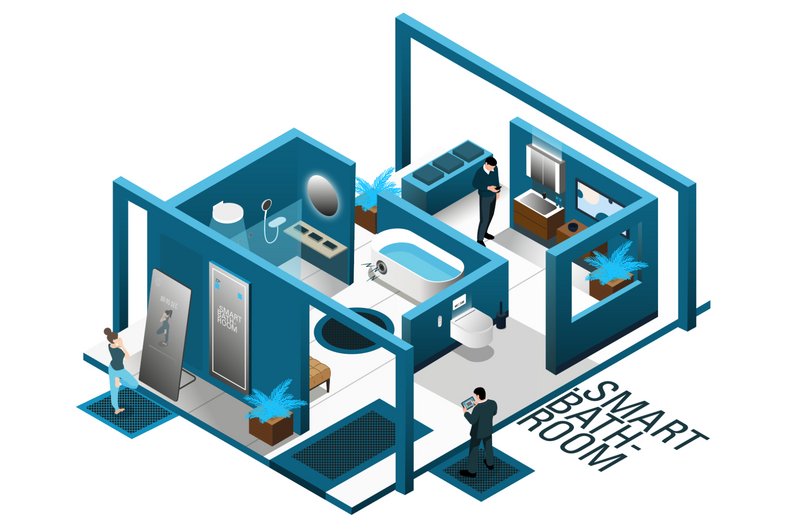Smart Restroom Technology Redefines Public Hygiene Standards
Smart Restroom systems are transforming the way public toilets are designed, cleaned, and maintained. In an age where hygiene and sustainability have become crucial, this innovation focuses on making restrooms safer, cleaner, and more efficient for everyday users.

Recently, developers introduced a Revolving Toilet System that underwent a series of practical real-world tests to prove its performance under challenging conditions. The system is engineered to clean itself automatically, saving both time and manpower while ensuring high sanitation standards in public spaces such as parks, transport hubs, and community areas.
To ensure consistent performance, the Smart Restroom technology went through multiple tests including those designed to remove tough stains, paper waste, and random objects that users often leave behind. The results have been promising, setting a new benchmark for public hygiene infrastructure.
Smart Restroom and Its Innovative Cleaning Process
One of the most remarkable aspects of the Smart Restroom design is its self-cleaning mechanism. The system is capable of handling real-life messes such as peanut butter on seats, paper scattered on the floor, and even small obstacles like soda cans. These tests are meant to simulate what actually happens in daily restroom use.

The peanut butter test checks how effectively the cleaning brushes and disinfectant sprays can remove sticky substances. The paper test ensures that lightweight waste is flushed or vacuumed away without blocking the drainage system. The can test verifies that the mechanism can clear unexpected objects from the area without affecting performance.
Each test demonstrates how the Smart Restroom system performs under conditions that mirror real human behavior. The goal is to ensure reliability even in high-traffic environments, minimizing downtime and maintenance costs.
Smart Restroom Design Focuses on Accessibility and Sustainability
Beyond cleanliness, the Smart Restroom concept emphasizes accessibility for all users, including the elderly and differently abled. The design includes motion-sensor doors, hands-free flushing systems, and water-saving technologies that align with global sustainability goals.


Officials behind the development mentioned that one of the long-term goals of the Smart Restroom project is to make such systems widely available in both urban and rural areas. The focus is not only on innovation but also on providing dignified sanitation facilities for everyone. Also Read: Smart Innovation: 5 Incredible Features of the Instant Phone Charger Changing Mobile Technology
Smart Restroom Testing Reflects a Commitment to Public Health
The success of the Smart Restroom tests highlights the growing importance of technology-driven sanitation in public spaces. Maintaining hygiene in crowded environments has always been a challenge, and automated cleaning systems offer a practical solution.
By simulating actual human use through detailed testing, developers are ensuring that these systems can perform reliably without frequent human intervention. This not only improves cleanliness but also reduces the risk of infections, especially in densely populated areas.
View this post on Instagram
Public health experts have praised the initiative, stating that innovations like the Smart Restroom are essential in modern cities. With rising concerns about sanitation-related diseases, such automated systems can play a key role in promoting healthier living conditions.
Conclusion
The Smart Restroom initiative is a shining example of how technology can solve real-world problems. By passing rigorous tests that mimic everyday messes and challenges, it proves that automation can bring both hygiene and efficiency to public facilities. As more cities adopt this system, Smart Restrooms could soon become a common part of daily life offering a clean, safe, and sustainable solution for everyone.

